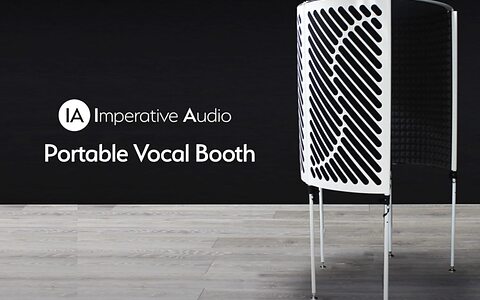
Modal Electronics Cobalt 8
The Cobalt 8 is a beautifully judged virtual analogue synth.

The Cobalt 8 is a beautifully judged virtual analogue synth.

Portable Vocal Booth boasts a low RT60, high isolation from outside noise, and can be easily dismantled and transported.


iD series gains MkII status, plus a new affordable EVO recording bundle has been unveiled.

New channel strip evokes classic British consoles, and combines preamp, EQ and compression.

New IEM design combines multiple balanced armatures with a traditional dynamic driver.

Hungarian startup company unveil valve compressor and EQ.

Versatile new grips, stands and mounts are aimed at location sound recordists.


New version adds emulations of classic Roland, E-mu and Oberheim instruments.